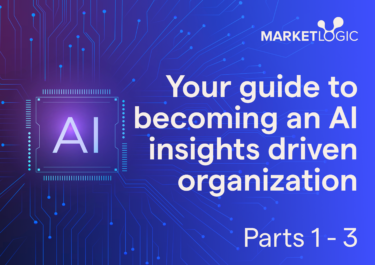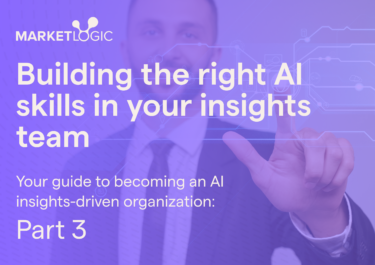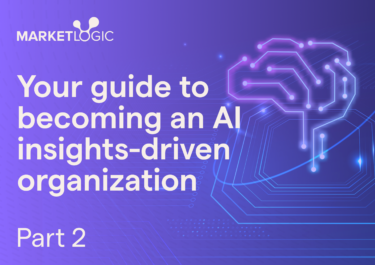
June 17, 2020
Read time: 6min

June 17, 2020
Read time: 6min
At our ESOMAR storytelling webinar, Forrester Analyst Cinny Little shared a fascinating glimpse into the “Five-Step Playbook For Data Storytelling That Drives Actions,” which provides a repeatable framework to turn data into actionable insights.
According to Cinny, customers want what they want, where, when, and how they want it. Businesses need to keep up with – and even anticipate – what customers need.
The rapid changes of the past few months have amplified that. In this context, understanding data is key: it can tell us what progress we’re making, what we should be doing, and what customers expect.
But data only has value if it can drive actions that matter… and unfortunately, only 48% of decision makers use data to make their decisions (Forrester, 2019). That means a majority rely on their gut instinct, creating a huge disconnect between data and business actions and outcomes.
The goal of storytelling is to get people closer to the information they want – and provide recommendations for action. To highlight part of the problem, Cinny quoted data strategy consultant Brent Dykes:
“Many analysts and insights pros assume that the data we provide speaks for itself. It doesn’t. We bring data, facts, and measurements to our stakeholders, but what’s missing is the bridge from data to the emotional engagement that actually drives decisions. We drive that emotion through storytelling.”
Driving emotion through storytelling doesn’t just happen overnight, says Cinny – it takes practice. Insights experts can learn to build bridges between data and action using her repeatable storytelling framework:
With the majority of teams now working remotely and face-to-face conversations few and far between, it’s more important than ever to deliver actionable stories that people will actually engage with.
Market Logic provides insights organizations with a digital platform for storytelling, with a clear line of sight to the business’s search behavior so they can anticipate the kinds of decisions stakeholders wants to make.
On top of this, the software is configured to suit the content and business needs of different target groups, so you’re always playing to a specific audience.
Visual templates provide easy-to-use design templates to structure your story in clearly defined chapters. Digital collaboration tools make it easy to draft story iterations and rehearse key points with colleagues. Search engine marketing for insights managers gives you the opportunity to describe and promote your story with a short and snappy elevator pitch.

How is AI transforming roles, skills and capabilities in insights functions?

Interview with Nextatlas CEO Luca Morena

An introduction to gen AI for businesses. From RAG to LLMs — get the lowdown.

Exploring the Future of AI in Marketing: Integrating Insights into Business Systems for Enhanced Decision-Making.

To succeed in today's dynamic consumer landscape, your organization must be able to react faster…

How does this guide help you? In part 3 of our guide, we’ll delve into…

Learn the AI insights-powered enterprise systems architecture and processes.

Transform your organization with insights. Download this guide to find out how.